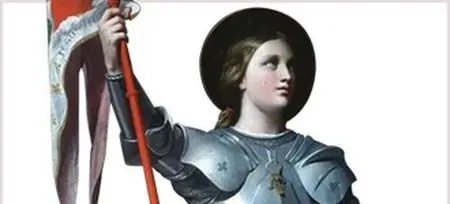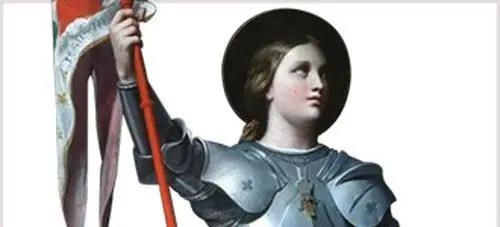Medieval Heroines in History and Legend (The Great Courses, 2937) (Audiobook) By Professor Bonnie Wheeler
2002 | 12 hours and 9 mins | ISBN: 1565855248 | MP3 64 kbps | 377 MB
2002 | 12 hours and 9 mins | ISBN: 1565855248 | MP3 64 kbps | 377 MB
This course presents the lives, based on the latest scholarly interpretations, of four medieval women who still shimmer in the modern imagination: Heloise, the abbess and mistress of Abelard; the prophet Hildegard of Bingen; the legendary Queen Eleanor of Aquitaine; and the woman-warrior and saint, Joan of Arc. In Medieval Heroines in History and Legend, Professor Bonnie Wheeler discusses these four remarkable women in the light of the present "golden age" of medieval scholarship. Almost daily, researchers are recovering lost information that corrects our picture of what had been a misunderstood era. As a result, we know more than ever about the roles women played in medieval life. What did it mean to be a heroine in the medieval world? As the four subjects of this course make clear, it meant shaping and changing that world. In the monasteries and churches where people prayed, the universities where they wrote and thought, and even on the political map of Europe itself, these women made differences perceived not only in our time, but in theirs. These lectures are an extraordinary opportunity to study great women of the past in their "own words." Professor Wheeler bases her discussions on recently discovered or recovered written records they left behind, from Hildegard's prodigious scholarship to the personal letters of Heloise and detailed transcripts of Joan of Arc's trial. With these documents as a basis, you will see Heloise (1101—1163) as a forerunner of Europe's new day. Her letters passionately overflow with the new knowledge of her day. With her star-crossed love, Abelard, she invented a new mode of philosophic thought. Only now are scholars recovering the long, important second half of the story of Heloise as a woman of power after Abelard's death. Her letters show her to be well versed on such topics as Cicero, classical philosophy, Latin poetry, and rhetoric. She saw the institution of marriage in her day as little more than a commercial transaction, and its duties burdensome, noisy, costly, and dirty. Her letters reveal her desire to be Abelard's "meretrix" (prostitute) rather than his "imperatrix" (empress). In her discussions on Heloise, Professor Wheeler also covers the long debate as to whether Abelard and Heloise's letters to one another—the first, first-person record of a love affair in human history—are genuine or not. Hildegard of Bingen (1098—1179), like Heloise a 12th-century abbess, is revealed as the last flowering of antique learning. She lived a dramatic life as a mystic, voluminous writer, and preacher. She was a personal advisor to Emperor Frederick Barbarossa, and her political involvement and passion as an advocate for clerical and imperial reform give her special interest in our day. Only in the last generation have scholars rediscovered this amazing medieval intellect. Based on her letters, at least four popes and 10 archbishops corresponded with her, not to mention some 100 other individuals notable to history. Among her many writings, her Book of Simple Medicine was an impressive mini-encyclopedia on what we today would call the natural sciences. But Hildegard is also known as the "holy hypochondriac," subject to disabling migraines. Were her visions delusions, a result of brainstorms caused by chemical imbalances?



